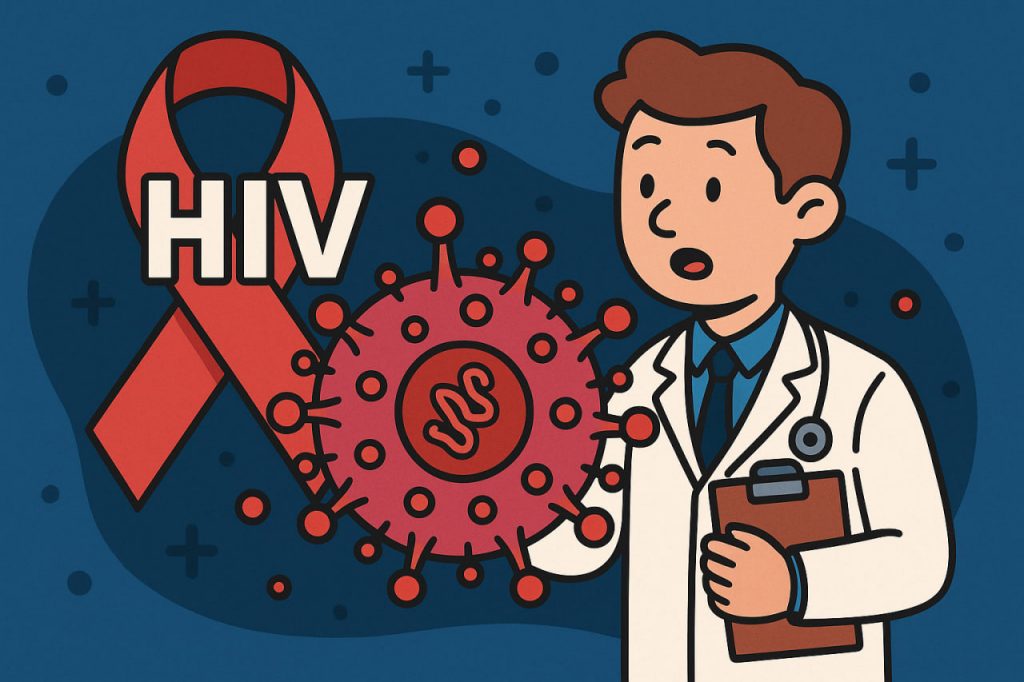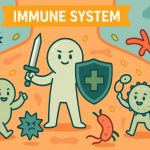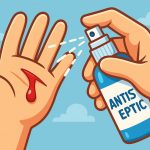HIV (Human Immunodeficiency Virus) is a virus that attacks the human immune system, specifically targeting CD4 cells, also known as T-helper cells. These cells play a central role in coordinating the body’s defense against infections. Unlike many viruses that the body can eliminate, HIV integrates into the host’s DNA and remains there for life. Without treatment, HIV gradually weakens the immune system, making the body vulnerable to various infections and diseases. If left unchecked, HIV can progress to AIDS (Acquired Immunodeficiency Syndrome).
How HIV Is Transmitted
HIV spreads through specific body fluids, including blood, semen, vaginal fluids, rectal fluids, and breast milk. Common routes of transmission include unprotected sexual contact, sharing needles, and mother-to-child transmission during childbirth or breastfeeding. The virus cannot be transmitted through casual contact such as hugging, shaking hands, or sharing food. Effective prevention includes safe sexual practices, sterile medical procedures, and awareness of blood safety. Public health measures and education significantly reduce transmission rates.
What HIV Does in the Body
Once inside the body, HIV binds to CD4 cells and uses them to replicate. During this process, the virus destroys many of these cells, reducing the body’s ability to fight infections. Over time, the number of CD4 cells decreases, weakening the immune system. As the infection progresses, the person becomes more susceptible to so-called opportunistic infections, such as tuberculosis, pneumonia, and certain cancers. This slow and steady destruction is what makes HIV particularly dangerous.
Stages of HIV Infection
HIV infection usually progresses through several stages. The first stage, acute infection, occurs within weeks of exposure and may cause flu-like symptoms. The second stage, clinical latency, can last for years with few or no symptoms while the virus continues to replicate at low levels. The final stage is AIDS, when CD4 cell counts drop significantly, and the risk of life-threatening infections and cancers increases. Timely diagnosis and treatment can prevent or delay progression to AIDS.
Treatment and Management
Although there is currently no cure for HIV, modern medicine provides effective treatment through antiretroviral therapy (ART). These medications suppress viral replication, maintain CD4 cell levels, and allow the immune system to function. With consistent treatment, people with HIV can live long and healthy lives, often with a life expectancy close to that of those without the virus. However, self-medication is not advisable; treatment must be prescribed and monitored by healthcare professionals. Regular testing and early intervention are key to successful management.
HIV as a Global Challenge
HIV remains a major global health issue, affecting millions of people worldwide. Stigma and lack of access to healthcare still hinder prevention and treatment in many regions. Ongoing research aims to develop vaccines and, eventually, a cure. International cooperation, education, and public health initiatives are crucial in reducing new infections. With continued progress, the long-term outlook for people living with HIV continues to improve.
Conclusion
HIV is a virus that weakens the immune system by destroying CD4 cells, leaving the body vulnerable to infections and diseases. While incurable, it can be managed effectively with modern treatment, allowing individuals to lead full and productive lives. Prevention, awareness, and medical support remain the most important tools in the fight against HIV. Understanding how the virus works helps reduce fear, improve prevention, and support those affected.
Glossary
- HIV – Human Immunodeficiency Virus that attacks the immune system.
- Immune system – the body’s defense network against infections.
- CD4 cells (T-helper cells) – white blood cells essential for coordinating immune responses.
- AIDS – Acquired Immunodeficiency Syndrome, the advanced stage of HIV infection.
- Opportunistic infections – illnesses that occur when the immune system is weakened.
- Antiretroviral therapy (ART) – treatment that suppresses HIV replication and protects immunity.


